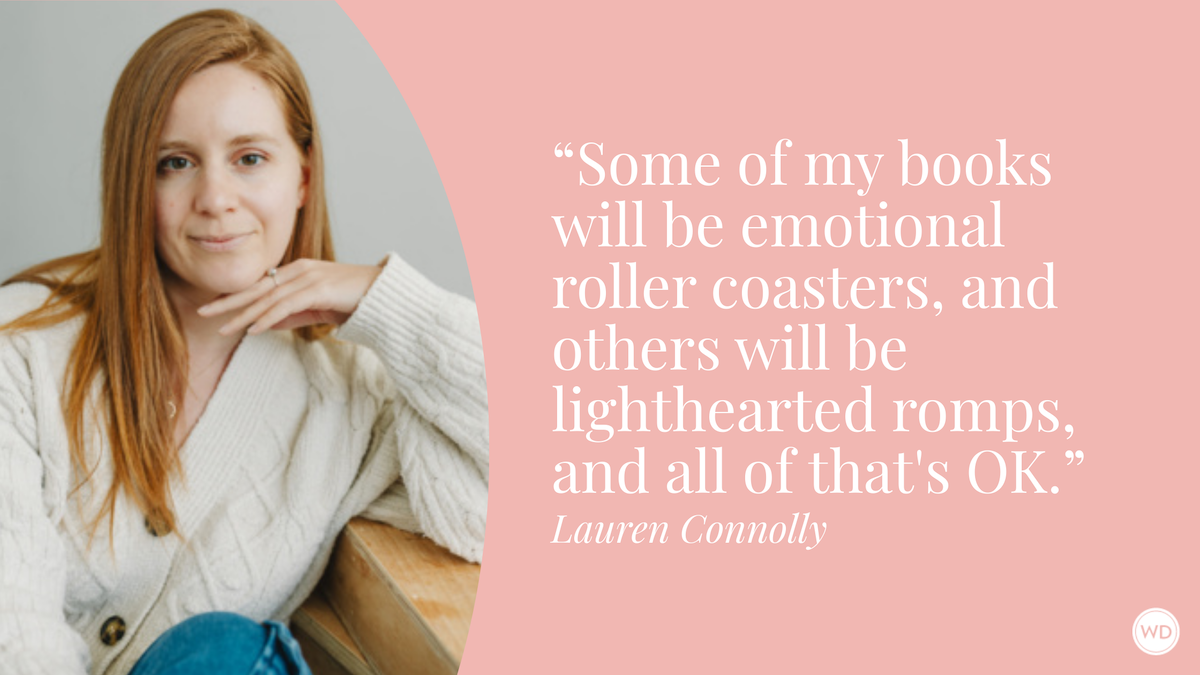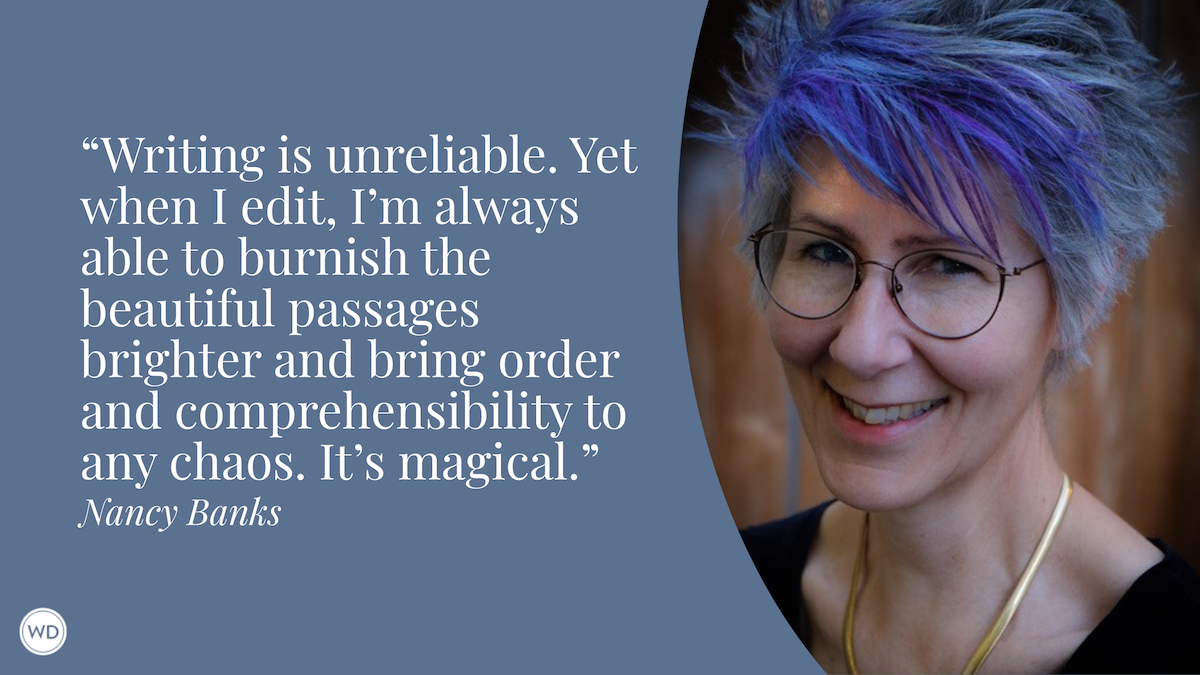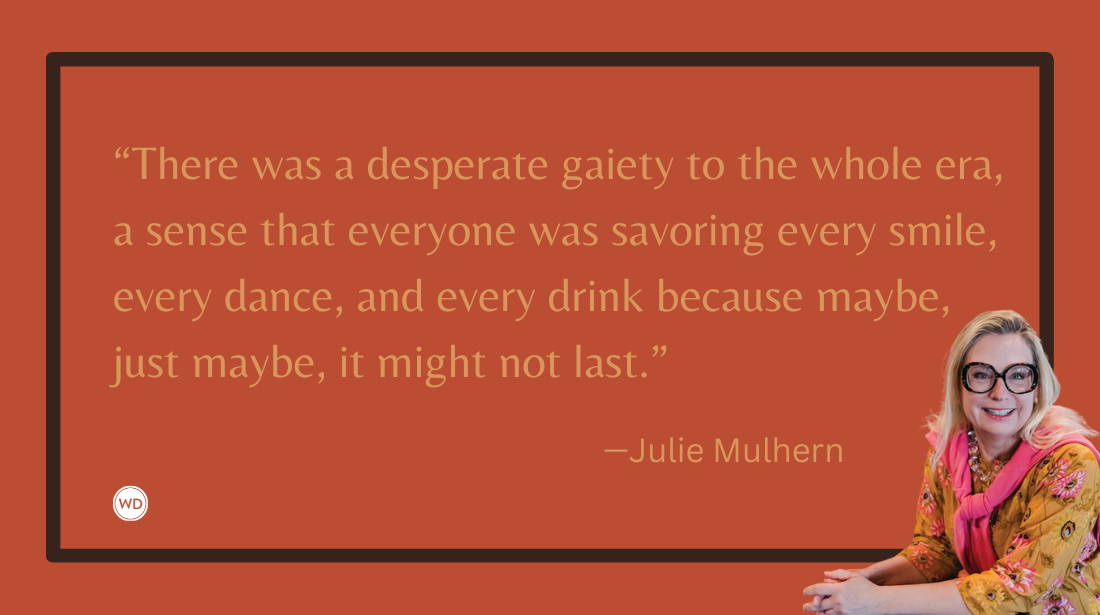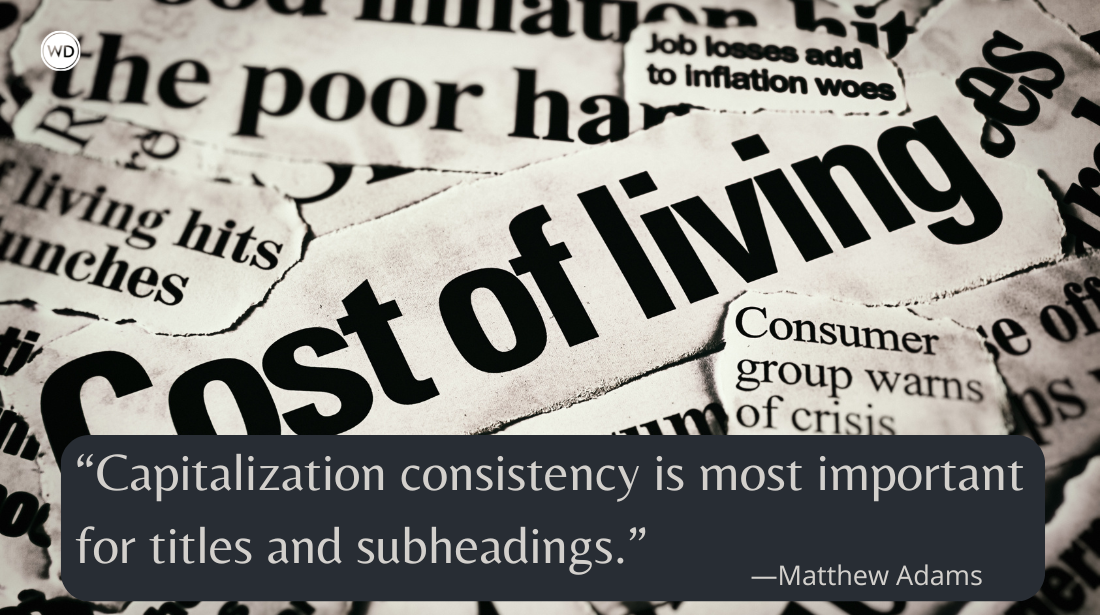How to Use Rotating Point-Of-View to Engage Middle-Grade Readers
Author Lindsay Champion shares her top three tips for how to use rotating point-of-view to engage middle-grade readers.
What do Wonder and Big Little Lies have in common? They're both celebrated bestsellers, they’ve both been made into popular screen adaptations, and they’re both fantastic examples of books with multiple narrators.
I’ve always loved writing in the multi-POV format. I used dual, first-person point of view in my debut YA novel, Someday, Somewhere. So when my editor and I decided on rotating, first-person perspectives for my new middle-grade drama kid series, Cast vs. Crew, I was thrilled. In Setting the Stage, the first book in the trilogy, each chapter is narrated by one of four members of the Juniper Valley Middle School Drama Club’s stage crew.
At first, I had some concerns: Are four narrators way too many? Would the concept be too confusing for middle-grade readers? Would they lose track of who was talking?
But the more I thought about it, the more confident I felt that tween readers would be on board. My favorite Baby-Sitters Club Super Special, Starring the Babysitters Club, was written with each member of the club telling their side of the story in first person, and I read it countless times when I was 10. (I also spent hours trying to copy Stacey’s handwriting and mastering her perfectly angled lowercase “e.”)
There’s even some science to it: During adolescence, kids go through an “identify formation” cycle, which includes an exploration of identity alternatives, a 2021 article in the Journal of Research on Adolescence notes. In a nutshell, the study finds that kids develop their own identities most effectively by trying on a variety of personalities, passions, and values on for size. In the TikTok era, switching quickly between different points of view just makes sense.
As an author, multi-POV is also incredibly fun to write. If one character is having a great day, it’s more than likely another character is having the worst day of their life, and you get to write about both. You’ll get to explore the preconceived notions the characters have about one another, and their reactions when they’re proven wrong (or right!). You get to write about each character’s inner desires (and secret crushes), fears, and dreams, which then places the reader in the powerful position of knowing everything.
It’s also fun to play with the chronology of the story, letting the same scene play out multiple times from different characters’ points of view. In my YA novel Someday, Somewhere, I placed one short scene in the middle of the book that is told from the dual protagonists’ points of view at once, using a collective “we” to imply that both characters are on the exact same page.
Thanks to the early feedback of some enthusiastic tween readers, I’m able to have even more fun as I complete the revision process for the next two books in the Cast vs. Crew trilogy. A prank war is heating up, and the four protagonists form secret loyalties, betray their friends, and reveal their true feelings about the feud between the cast and the crew. Meanwhile, my middle-grade readers get to try on new, diverse personalities and ultimately strengthen their own evolving points of view.
3 Tips for Writing Multi-POV Books in Middle Grade
1. Separate Each POV With Clear, Easy-to-Understand Headers
In a book with only one point of view, there’s never any confusion about who is telling the story. For a book written in several points of view (especially more than two), you’ll need to make it abundantly clear who is narrating at any given point in the story. I typically start each chapter with a large header that includes the narrating character’s first and last name. In Cast vs. Crew, I also list their stage crew job (ie. Ella Amani: Stage Manager) to jog the reader's memory.
2. Give Each Character Their Own Mini-Arc
When there’s only one first-person narrator, you’ll spend most of the time focused on their journey. When writing a book with more than one first-person narrator, you’ll need to make sure they have one collective journey, plus at least one other mini-journey with its own conflict and resolution.
For example, in Setting the Stage, while Ella is primarily focused on the goings-on of the drama club stage crew as they rehearse for the spring musical, she’s also struggling to set boundaries with her parents who expect her to watch her younger siblings after school, and also having conflicting feelings about her best friend Levi, who has been acting distant. Meanwhile, while Levi is dealing with the drama of drama club, he’s also unpacking his feelings about his birth mom being back in his life and his burgeoning crush on Rosa, the show’s star.
3. Do a Close “POV Read” During the Revision Process
In a multi-POV story, take extra care to establish each narrator’s distinct voice. From their favorite bands to their preferred slang, you’ll need to make specific choices about the way they speak and stick with them from chapter to chapter. Not only does this help each narrator feel more authentic, it will also allow the reader to quickly transition back to another narrator as you reintroduce them.
In Cast vs. Crew, I made sure “dope” was an expression that only Willow said, while sixth-grader Sebastian only begins to use popular slang, like “that’s fire,” after he hears some of his older friends saying it. When you revise, do at least one read by narrator instead of chronologically. I read all of Ella’s chapters, then all of Levi’s chapters, etc., to make sure the mini-arcs are streamlined and each narrator’s voice stays consistent.
The more time you can spend developing each narrator’s voice, the better!
Check out Lindsay Champion's Cast vs. Crew: Setting the Stage here:
(WD uses affiliate links)









